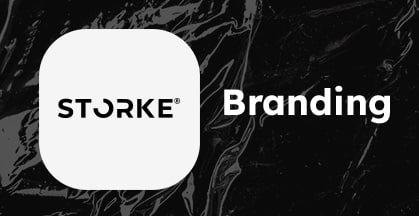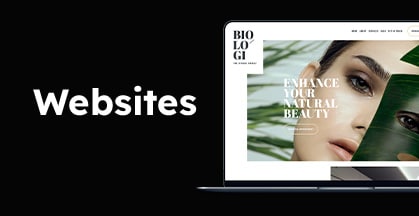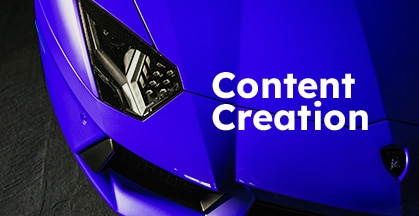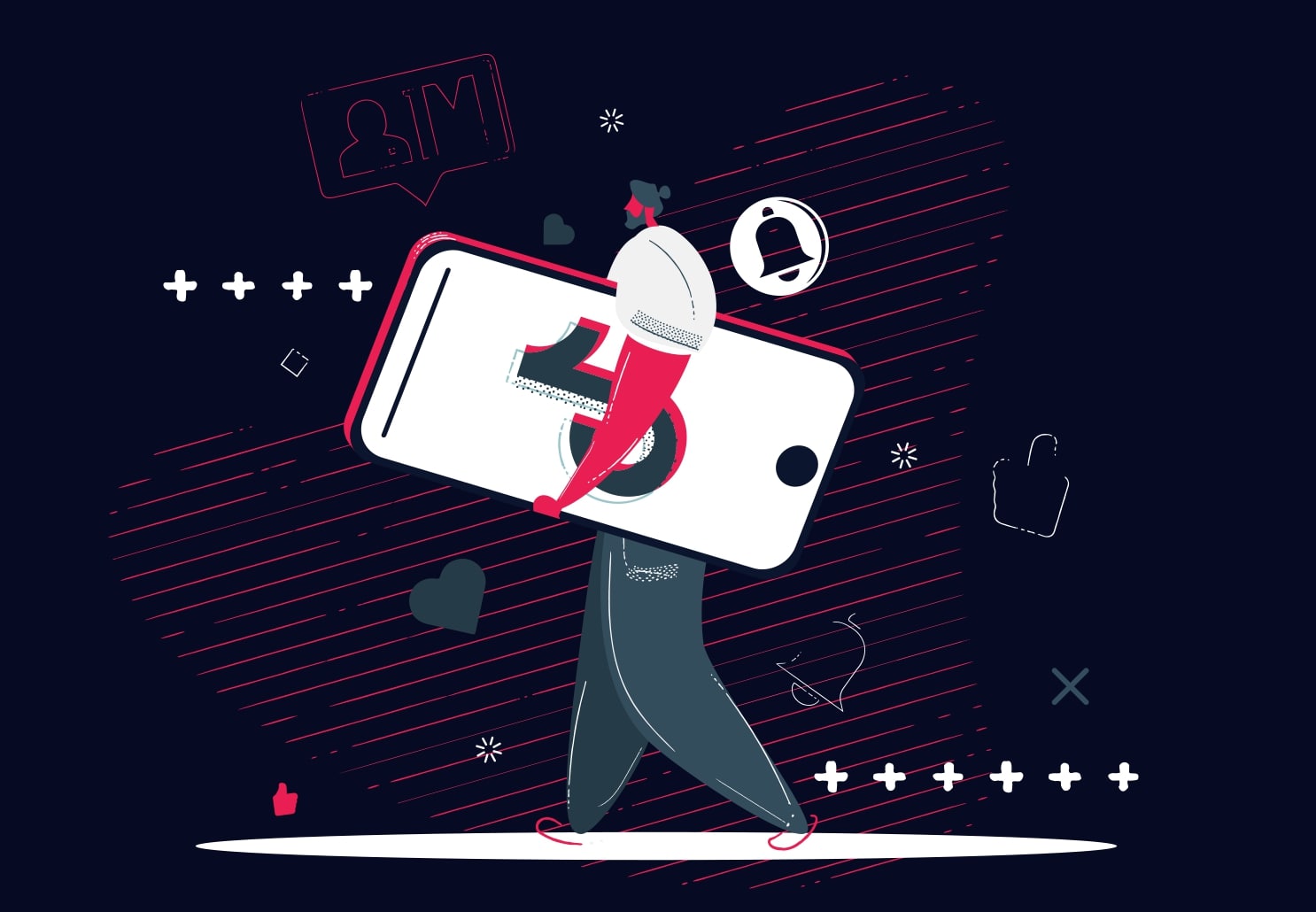How To Determine Your Visual Identity
The topic of discussion is a brand’s visual identity, which refers to the impression created by the aesthetic elements associated with your business. It encompasses the look and feel of your brand, including the logo, color palette, imagery, graphics, website design, packaging, and typography. All these elements come together to form a unique representation of your brand, which customers will instinctively associate with you.
To ensure consistency across platforms and over time, it is essential to establish guiding principles for visual expression. These principles serve as a standard for presenting your brand and provide design rules and systems to follow.
The importance of visual identity should not be underestimated. Visuals have a significant impact, as research suggests that it takes only 0.05 seconds for someone to form an impression about a website. A compelling, distinctive, and consistent visual identity enhances brand awareness, fosters customer affinity, and sets you apart from competitors. In crowded markets where consumers have numerous choices, a strong visual identity is a basic requirement.
Once you define your visual identity, it should remain relatively unchanged as your business grows, unless you decide to undergo a rebrand. The consistency of your visual identity is crucial, as studies have shown that 68% of businesses attribute brand consistency to revenue growth ranging from 10% to 20%, according to a survey by brand templating platform Lucidpress.
Here are some important points to consider:
1. Visual identity is a significant component of your overall brand identity, which includes your mission statement, goals, unique proposition, and tone of voice. These elements should work harmoniously together to create a cohesive brand image.
2. Best practices exist for designing visual elements. It is important to ensure that the visual elements you choose are appropriate for your brand and adhere to design principles. General design principles include using a primary and secondary typeface, maintaining high-resolution and consistent photography, ensuring clear and accurate diagrams, and limiting your color palette to eight to ten colors. It may require some trial and error to determine what works best for your audience.
3. The visual components of your brand should be compatible and complementary. Each element should match and work coherently with the others. For example, if you use colorful photography, your typography should either enhance the photography or support it. This compatibility allows for easier expansion into new territories and the introduction of new elements as your business grows.
4. External help, such as working with a creative agency or brand development agency or designer, can be invaluable. Finding the right assistance requires thorough research, and it is important to have a clear idea of what you want to achieve. The cost will depend on your budget and the significance of visuals in your industry. According to business news site TechCrunch, logo and visual identity costs for businesses without equity funding typically range from $100 to $3,000, with small firms usually spending between $5,000 and $15,000. Starting with a minimum viable product and allowing room for growth within the defined guidelines is a practical approach.
To refine your visual identity, follow these steps.
1. Understand your brand identity and brand development by defining its principles, including goals, mission, value proposition, and tone of voice. This step involves describing your business’ personality, its story, how it adds value to people’s lives, and why your team works there. A good example to follow is the home furnishings brand IKEA.
2. Evaluate your current visual identity by gathering all your visual assets and conducting a comprehensive audit. Discuss with your team what is and isn’t working. Templates such as the one provided by creative agency ATAK Interactive can guide you through this process.
3. Ensure your visual identity aligns with your brand identity. Clarify how your visuals can be more consistent with your tone of voice and which imagery best communicates your message. This will give you a broad visual direction to explore in more detail.
4. Consider your target audience to refine your ideas. If you don’t have existing customers to consider, create personas representing your target audience. Take into account demographics, disposable income, values, preferences, passions, pain points, hobbies, and other brands they are interested in.
5. Seek inspiration from other brands and references to learn how to stand out while still being aware of your competition. Analyze websites, social feeds, packaging, and photography of brands you admire. Take note of recurring features, colors, and styles to build a visual moodboard of resonating elements. Decide whether you want to align with competitors or take a different visual direction.
6. Develop a detailed brief based on your research. Summarize the look you want to achieve, the target audience you want to appeal to, wider project objectives, and the assets you will need now and in the future. This document will guide the design process and can be created collaboratively with the designer.
7. Create your essential visual elements, including the logo, color palette, typeface, and examples of illustration, imagery, and design details. Depending on your resources, you may engage an external party or utilize design platforms like Coolors and Canva if doing it in-house.
8. Iterate and refine your ideas. The initial attempt may not be perfect, so continue exploring different options and making improvements until you find a visual identity that looks great, reflects your brand, and meets the requirements outlined in your brief.
9. Document your visual identity standards in a style guide accessible to your team. Include logo usage guidelines, font specifications, color schemes, and rules and examples for using each visual asset. Online tools like Frontify can assist in creating a comprehensive style guide.
Key takeaways:
1. Your visual identity is crucial in shaping how your brand is perceived and should be distinctive, of high quality, and consistent across all platforms.
2. Formalizing your visual identity in a style guide ensures consistency and facilitates the work of current and future employees.
3. While you can make progress independently, small businesses often benefit from external expertise to bring their ideas and vision to life. Check in with Webloo to see how our content services and brand identity services can help your brand.
What does your business need?
Schedule a Strategy SessionYou may also like












